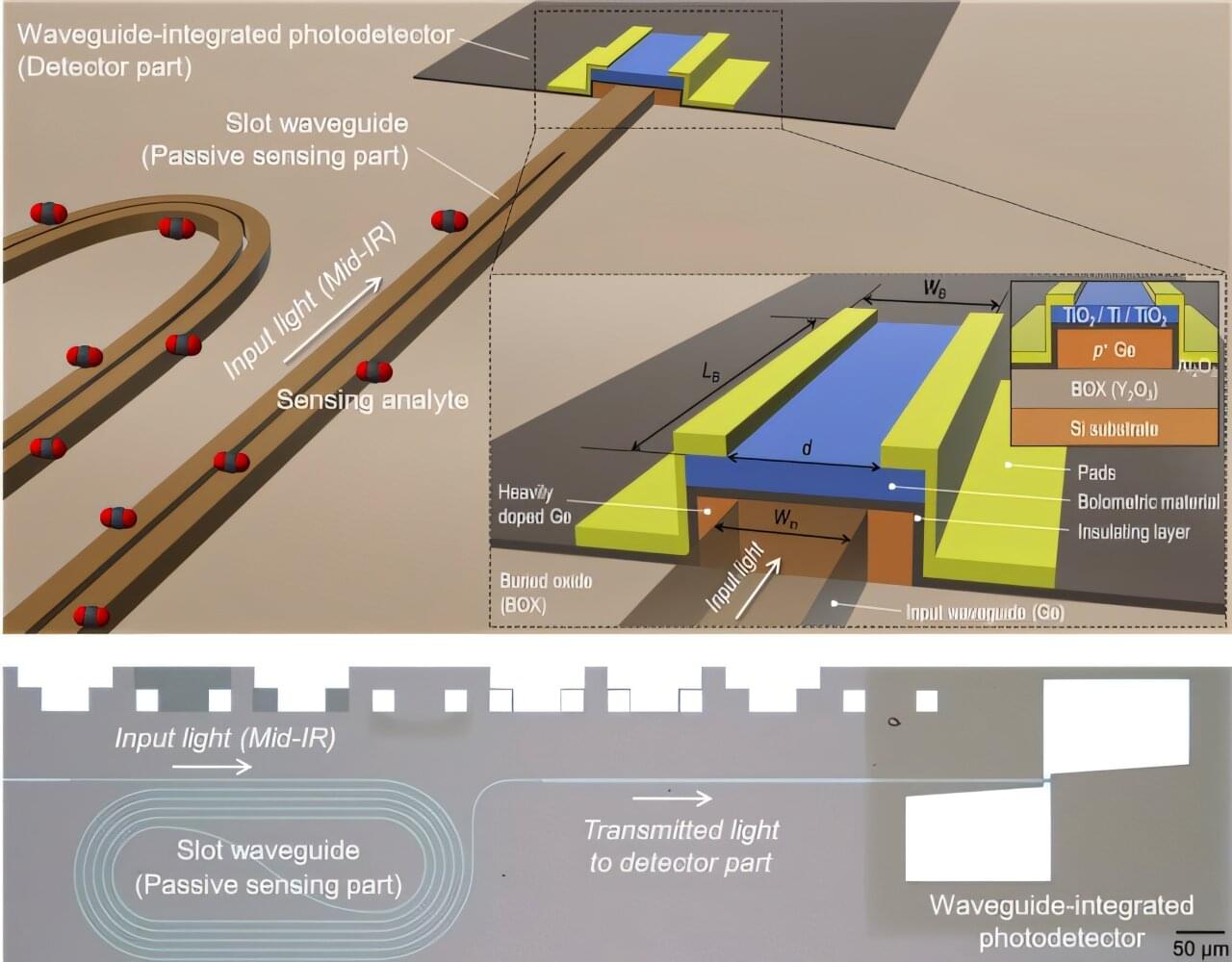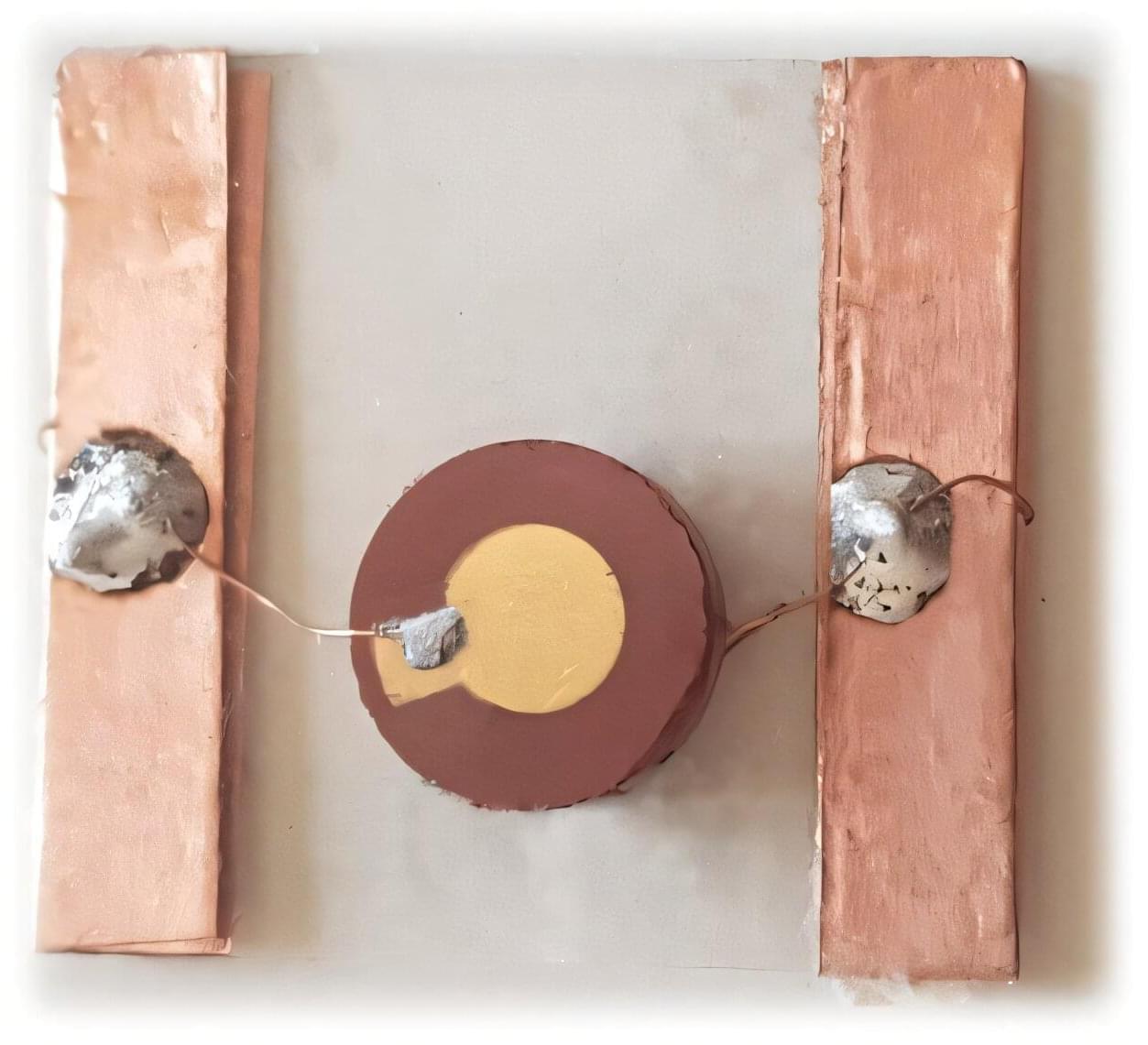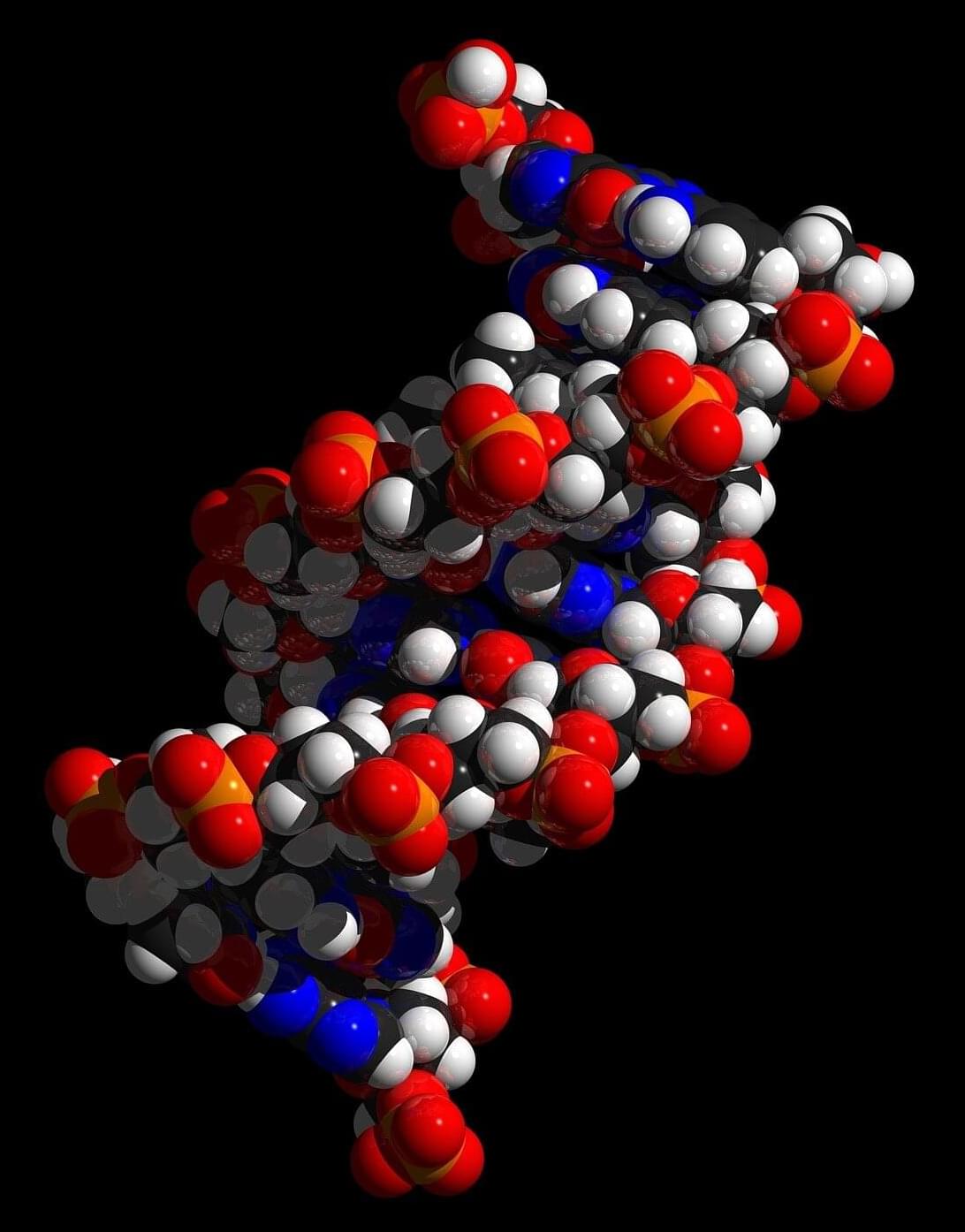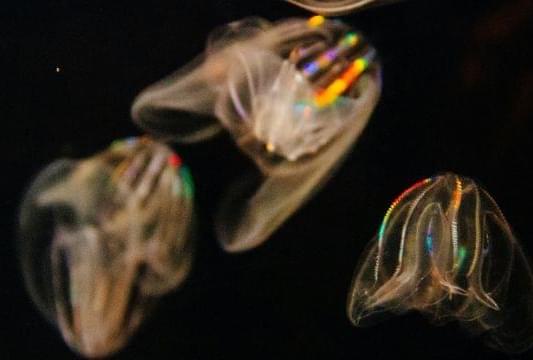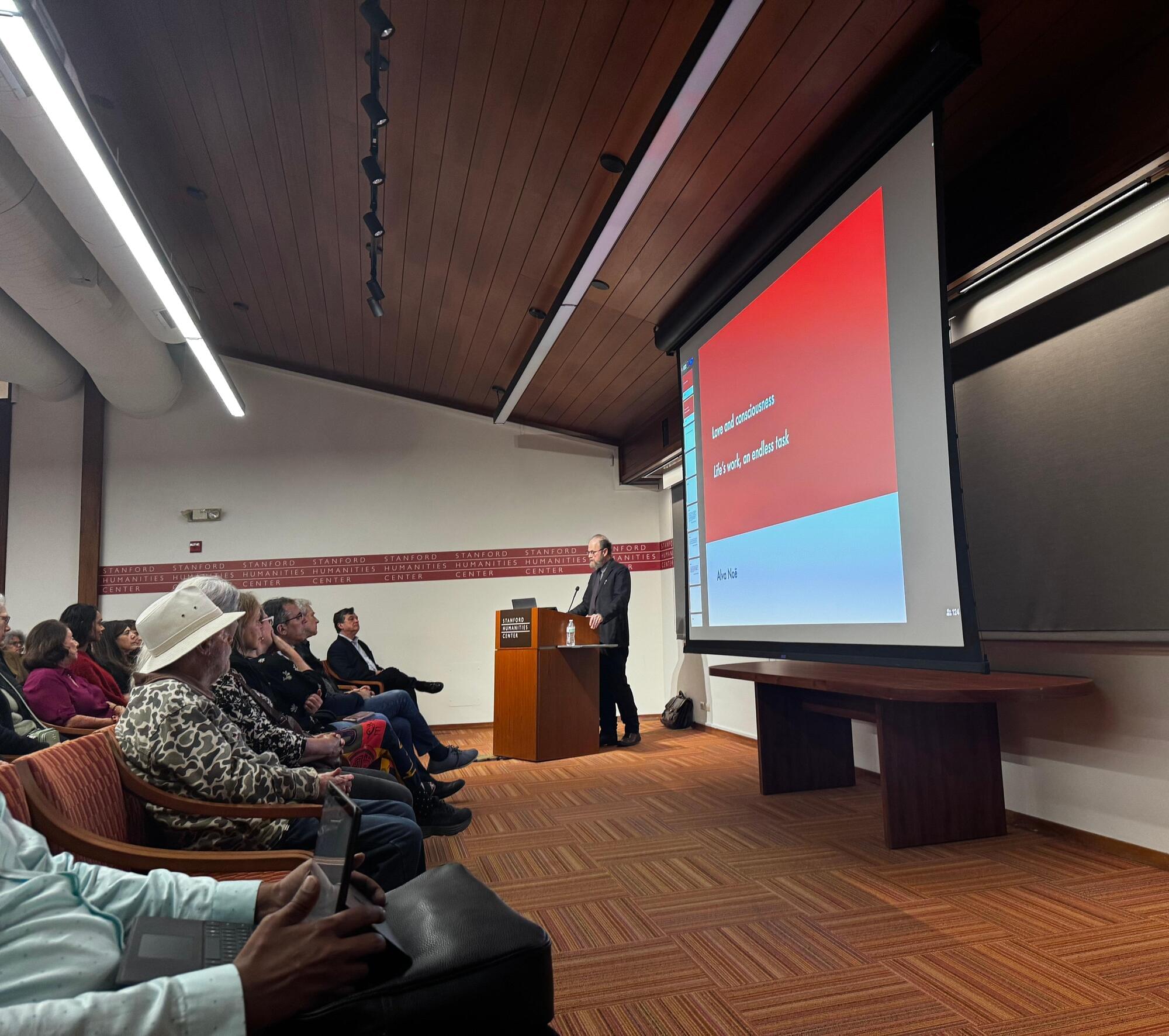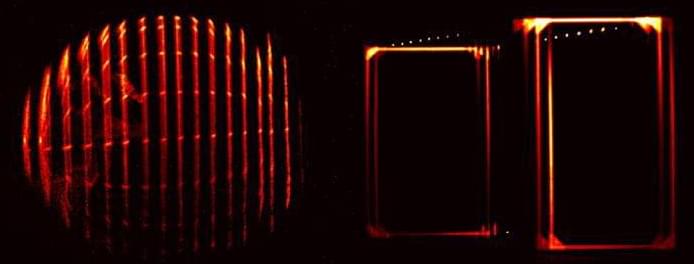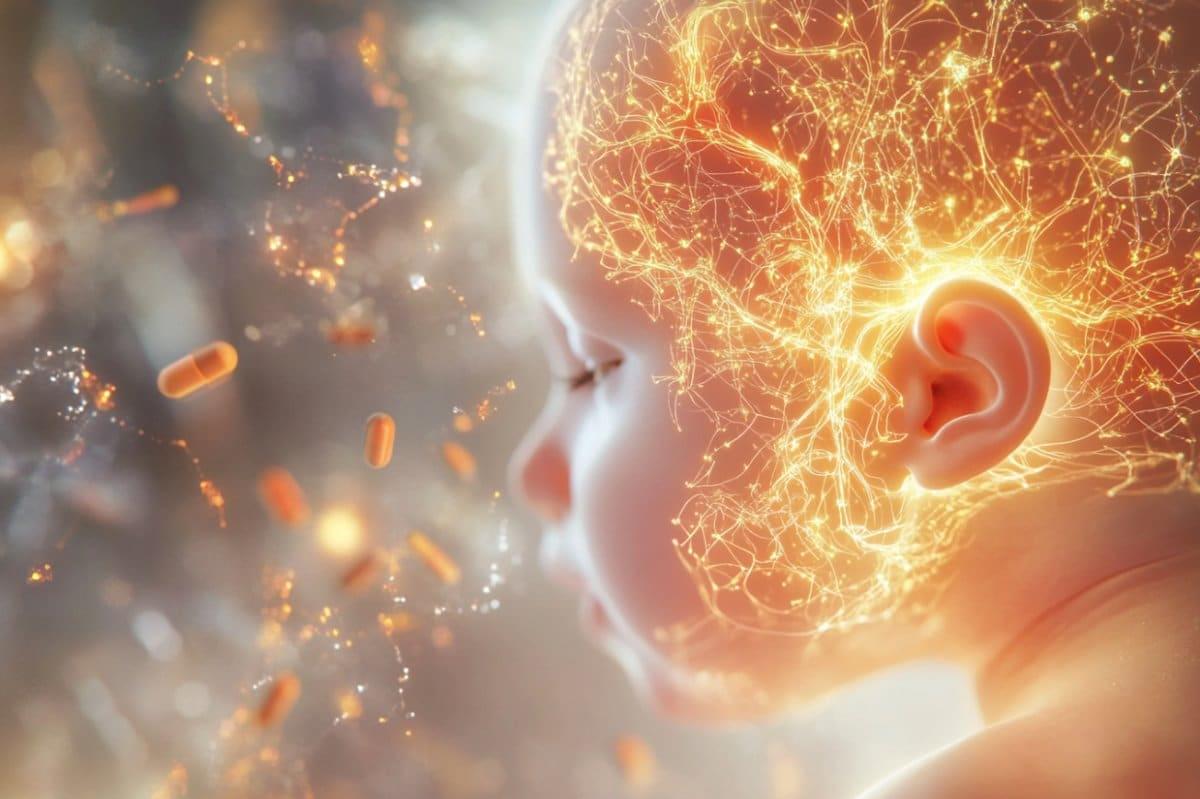Infrared optoelectronic functional materials are essential for applications in lasers, photodetectors, and infrared imaging, forming the technological backbone of modern optoelectronics. Traditionally, the development of new infrared materials has relied heavily on trial-and-error experimental methods. However, these approaches can be inefficient within the extensive chemical landscape, as only a limited number of compounds can achieve a balance of several critical properties simultaneously.
To tackle this challenge, researchers from the Xinjiang Technical Institute of Physics and Chemistry of the Chinese Academy of Sciences have made significant strides in the machine learning (ML)-assisted discovery of infrared functional materials (IRFMs). The research team has developed a cohesive framework that integrates interpretable ML techniques to facilitate the targeted synthesis of these materials.
The paper is published in the journal Advanced Science.

